Chemical feedstocks are any raw materials used in the mass production of chemical products. They’re generally unprocessed materials that are the initial basis of chemical manufacturing, such as fuel or base chemicals. The term ‘chemical feedstock’ can also refer to intermediate byproducts that are temporarily stored for later use.
The type of chemical feedstock determines the energy and production efficiency of a chemical manufacturing plant. In most cases, feedstocks as ingredients or precursors of end products have few practical replacements. For example, the feedstocks used to manufacture plastics are petroleum products or fossil fuels.
The cost of a particular feedstock is also an important consideration for manufacturers. An alternative feedstock might be more energy efficient per unit product, but it may not be financially or economically viable.
In this post:
Key Takeaways
Chemical feedstocks are the raw materials used in manufacturing
They are used both as fuel and as a basis for other chemicals
The efficiency of production is dependent on the type of chemical feedstocks
You can classify feedstocks into two categories: petrochemical and biological
There are key differences between biomass and organic feedstocks
There are environment-friendly options when it comes to chemical feedstocks
Introduction to chemical feedstock
Chemical feedstocks are used as fuel, chemical ingredients, and also as chemical starting points, such as precursors for manufacturing chemicals. They can also be intermediate byproducts of certain chemical processes.
Chemical feedstocks can be natural or synthetic, but they’re mainly organic. Organic feedstocks may also contain inorganic chemicals, either as desirable products or as waste products.
For example, plant ash contains potassium, calcium, sodium, silicon, phosphorus, and chlorine as byproducts of decomposition.
Types of chemical feedstock
Chemical feedstocks are typically classified into two categories: petrochemicals and biological.
Below are some examples.
- Petrochemical/fossil fuel feedstocks
- Naphtha
- Natural gas
- Coal
- Ethane
- Biological feedstocks
- Starch
- Algae
- Agricultural residues
- Biodiesel
- Vegetable oil
Biomass feedstock vs. organic feedstock
In chemistry, the term ‘organic’ simply refers to substances that have carbon atoms as the molecular backbone. It includes all carbon-based substances or chemicals produced by living organisms. Therefore, biomass feedstocks are included under the organic chemical category.
The main difference between biomass feedstock and organic feedstock is sustainability. Biomass is sustainable because it’s renewable, while organic feedstock generally refers to petroleum-based products. Some organic feedstocks are also derivatives of fossil fuels and are therefore non-renewable.
What is biomass feedstock?
Biomass materials are organic substances derived directly from plants and animals. These can either be plant materials such as leaves, wood, and fruit peels, or animal waste products that can be converted into fuel.

Some biomass feedstocks are also converted into other products, like organic fertilisers, or inorganic substances such as lye (sodium hydroxide). Decaying leaves or animal waste, for instance, break down into simpler inorganic compounds like methane and hydrogen sulphide during the decomposition process. They also contain minerals, such as potassium and phosphorus, that can be used for other purposes.
Biomass feedstocks are classified into the following four categories:
- Industry waste, like old paper
- Biofuel crops that produce ethanol, for example, sugarcane
- Agricultural waste products, like manure
- Oil crops such as coconut

Biomass can either be used directly, such as in the case of wood, or it may be further processed to be used as fuel or as ingredients in other products. Gasification and pyrolysis, or thermal decomposition, are the two most common processes used to convert biomass into energy.
What is organic feedstock?
The most common organic feedstocks used in industries are fossil fuels and crude oil. They’re classified as organic because they contain carbon. However, not all compounds that contain carbon are organic; some are classed as inorganic compounds. Only those compounds that have carbons attached to at least one hydrogen atom, such as methane (CH4), are considered organic.
Some examples of carbon-containing inorganic compounds include:
- Silicon carbide (SiC2)
- Calcium carbonate (CaCO3)
- Sodium cyanide (NaCN)
- Carbon dioxide (Co2)
- Carbon monoxide (CO)
All hydrocarbons are organic compounds. Their carbons are either linked in a straight chain (alkane, alkenes, and alkynes) or in a cyclic structure (benzene and cycloalkenes).
Many other organic compounds are technically derivable from hydrocarbons. These compounds are defined by their functional group substituents and include:
- Alcohol – the functional group is hydroxyl or -OH
- Thiol – the functional group is -SH, which is a sulphur analog of hydroxyl
- Ether – the functional group is -O-, which is oxygen sandwiched between two R groups
- Aldehyde – the functional group is a carbonyl or a carbon with double bonded oxygen -C=O
- Carboxylic acid – the functional group is a carbonyl attached to a hydroxyl group or –COOH
The use of renewable feedstock
Using renewable feedstock materials, particularly biomass, is an important step towards environmental sustainability. These materials are easily obtainable and can be replenished in relatively short periods of time. Wood feedstocks, for example, are replenishable in just a few years.
This timescale can be reduced further if there are large areas dedicated to growing trees like poplar, willow, eucalyptus species, and their hybrids. Alternate harvesting of these trees can be cost-effective and sustainable in the long term.

What are greener conventional solvents?
Various types of solvents are used to manufacture a wide range of products, from paint to medicines. While water is still the most common solvent, non-polar substances often require the use of hazardous non-polar solvents.
Although the use of greener alternatives is still relatively limited, there has been some significant progress over recent years. Greener conventional solvents are non-toxic and can biodegrade easily, plus they’re potentially recyclable.
Some examples of green solvents are:
- Supercritical fluids – these are fluids that exist above their critical pressure and critical temperature
- Water – this is still the most sustainable solvent that can be used in a variety of substances
Ionic liquid – commonly used in coordination compounds, this is a liquid molten salt with a relatively low melting point
Benefits of greener solvents
Greener solvents are types of solvents that have zero or very low environmental impact. They are non-toxic and don’t need a lot of energy to either manufacture or use.
The main benefit of greener solvents is their very minimal carbon footprints. They are also suitable for preparing food products and beverages, and they don’t produce pollution – or at least have very minimal pollution.
Examples of greener solvents
Aside from water, some of the greener solvents are also polar. Some examples of these are also flammable and volatile, such as ethanol, 1-propanol, acetone, acetonitrile, 2-propanol, and methanol.
Conclusion
Chemical feedstocks are mainly raw materials used as fuel or as starting chemicals (precursors or ingredients) in manufacturing other chemicals. Generally, chemical feedstocks are organic substances, but they may also contain inorganic components. They are largely classified into two categories: petrochemicals and biological chemical products. These feedstocks are essential in producing a wide range of products, including food products and medicines.

















